We visited the Old Town of Pakrac! The Slavonian Banovac was minted in this fortress!
Croatia is rich in historical fortifications that testify to the turbulent past and strategic importance of the area. Especially in Slavonia, a region in the east of the country, we find impressive fortifications such as the Brod Fortress in Slavonski Brod, a Baroque border fortress on the Sava River, which served as a key defensive point during the 18th century.
These buildings were not only military strongholds but were also often the centers of political, economic, and cultural life. One such significant fortress is the Old Town of Pakrac, located in the very heart of the city of Pakrac. The history of this city goes back to the distant past, thanks to its favorable geographical position and location at the crossroads of important roads.
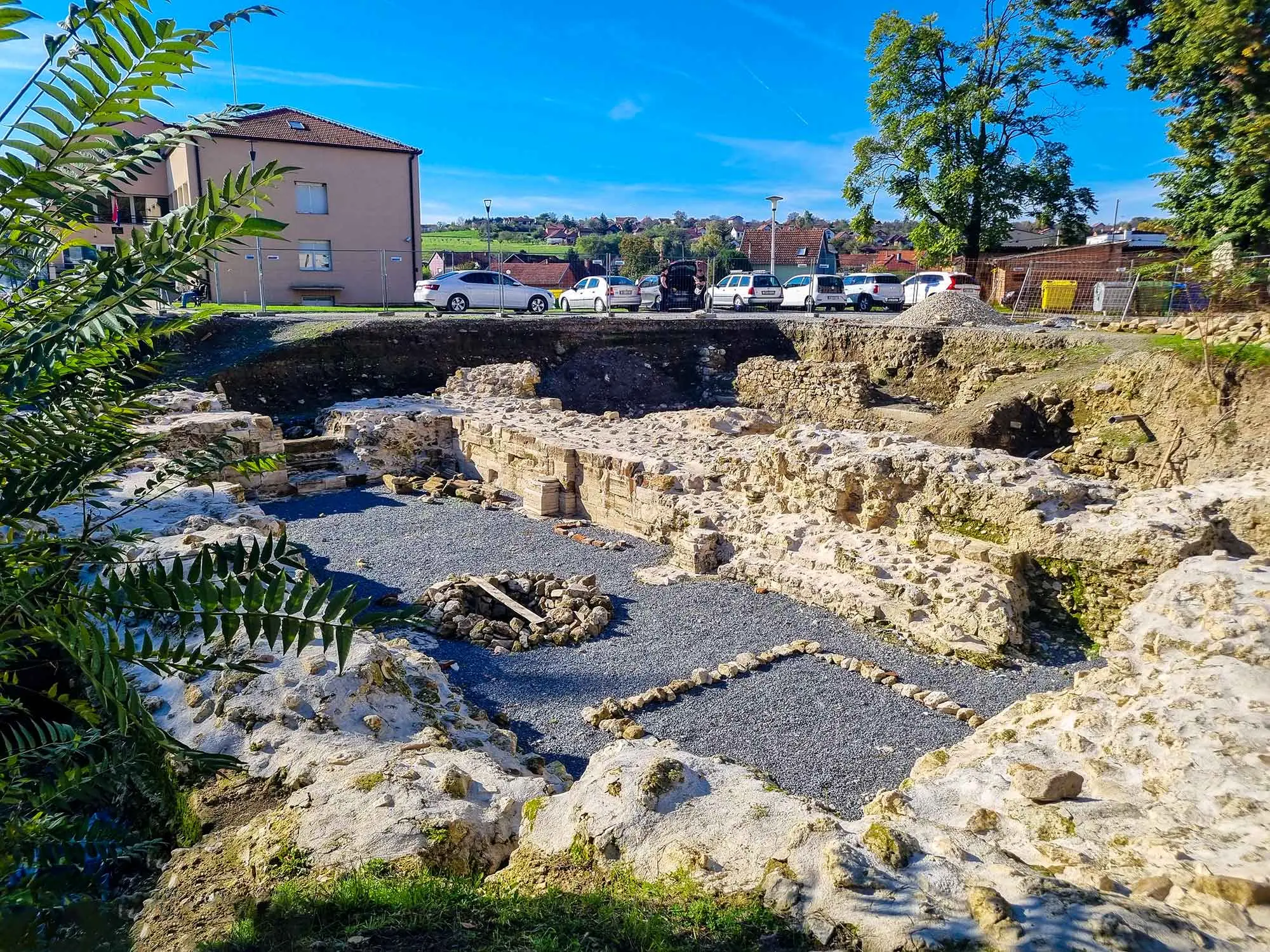
Old town of Pakrac, Photo: Adria.fun
The old town of Pakrac was one of the largest fortresses in western Slavonia. Built in an irregular pentagon, it was reinforced with seven circular towers at the corners and one large guard tower in the interior. The owners and likely builders of the fortress were the Knights of St. John, a famous crusader order that had possessions in Pakrac in the 13th century.
The first Croatian mint operated inside the fortress, where the famous coins—the Slavonian banovec—were minted in the mid-13th century. These silver coins were valued for their purity of silver and fine workmanship and were in circulation even outside Croatia’s borders. The banovec featured the image of the kuna for the first time, which inspired the name of the Croatian currency until recently before the euro was introduced.

Slavonian Banovac, Pakrac City Museum, Photo: Adria.fun
Throughout its history, the fortress changed hands, including the famous Talovac brothers, Matko and Ivan, and Nikola Zrinski just before the arrival of the Ottomans. During the Ottoman period, Pakrac was the center of the sandžak, and within the fortress were located a military garrison, several mosques, and a hamam. After 150 years of Ottoman rule, the fortress passed into the hands of the Royal Chamber and served as a barracks until 1750, when Maria Theresa ordered the military garrison to be evicted.
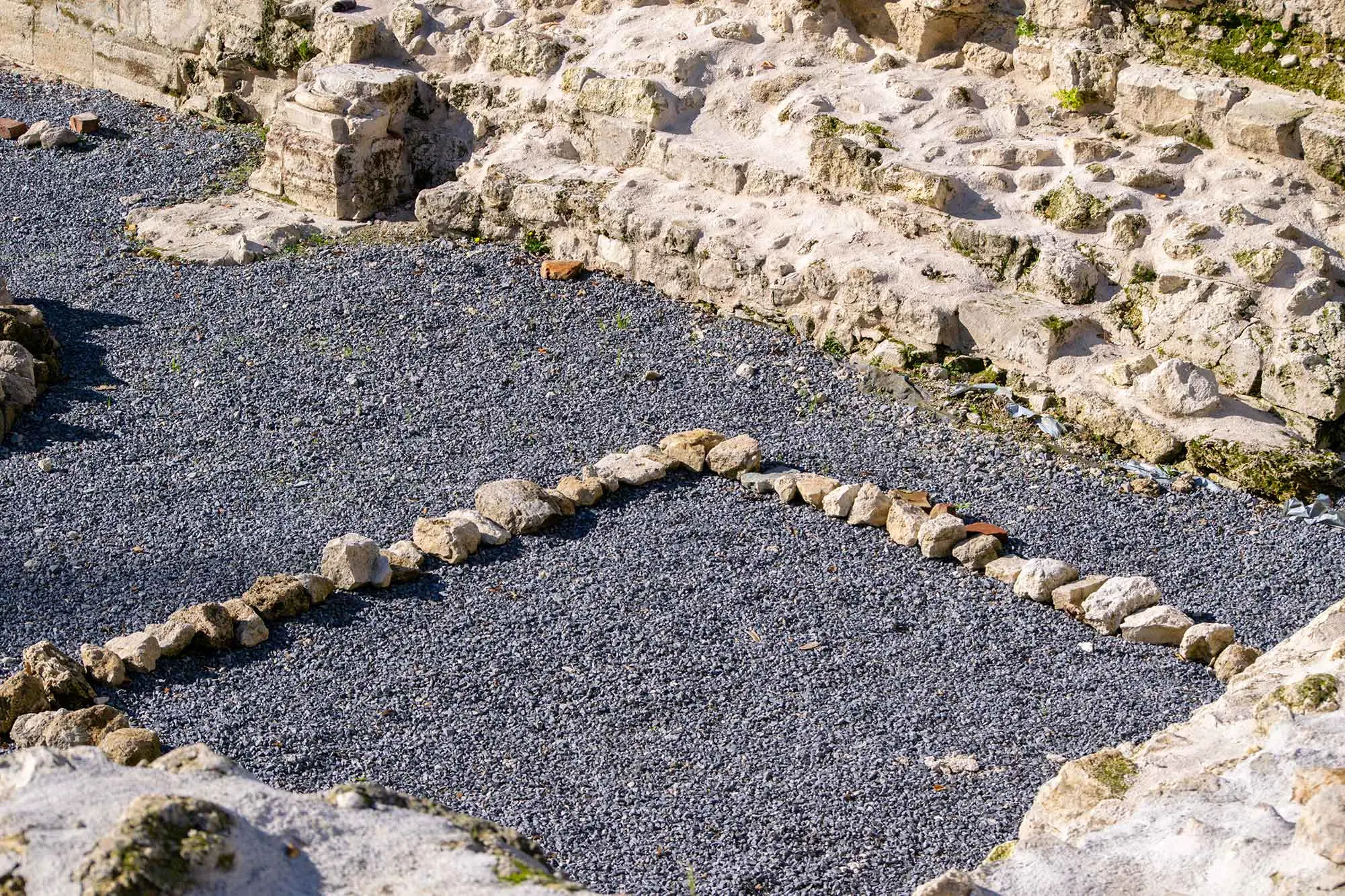
Old town of Pakrac, Photo: Adria.fun
Unfortunately, the fort began to fall into disrepair after that. It was used as a source of building materials, and by the mid-20th century, most of the structure had been destroyed. Today, only small parts of the outer wall and the elevated configuration of the terrain on which it once stood are visible.
Here’s what it once looked like!
Despite this, in recent years, archaeological research has been launched in the Old Town of Pakrac, funded by the Ministry of Culture and the City of Pakrac. The research has uncovered valuable architectural pieces, such as the remains of towers and a Gothic church, as well as numerous artifacts that testify to the rich history of this site. Further research and presentation of the findings in the Pakrac City Museum are planned, to create an archaeological park that will enrich the city’s tourist offer.
A visit to the Old Town of Pakrac will provide you with a unique opportunity to learn about the rich history of this region, so we invite you to head to the city and its museum to learn even more about its past!
Fešta koja je privukla pola Slavonije! Otišli smo u Pakrac na Slavonski banovac!

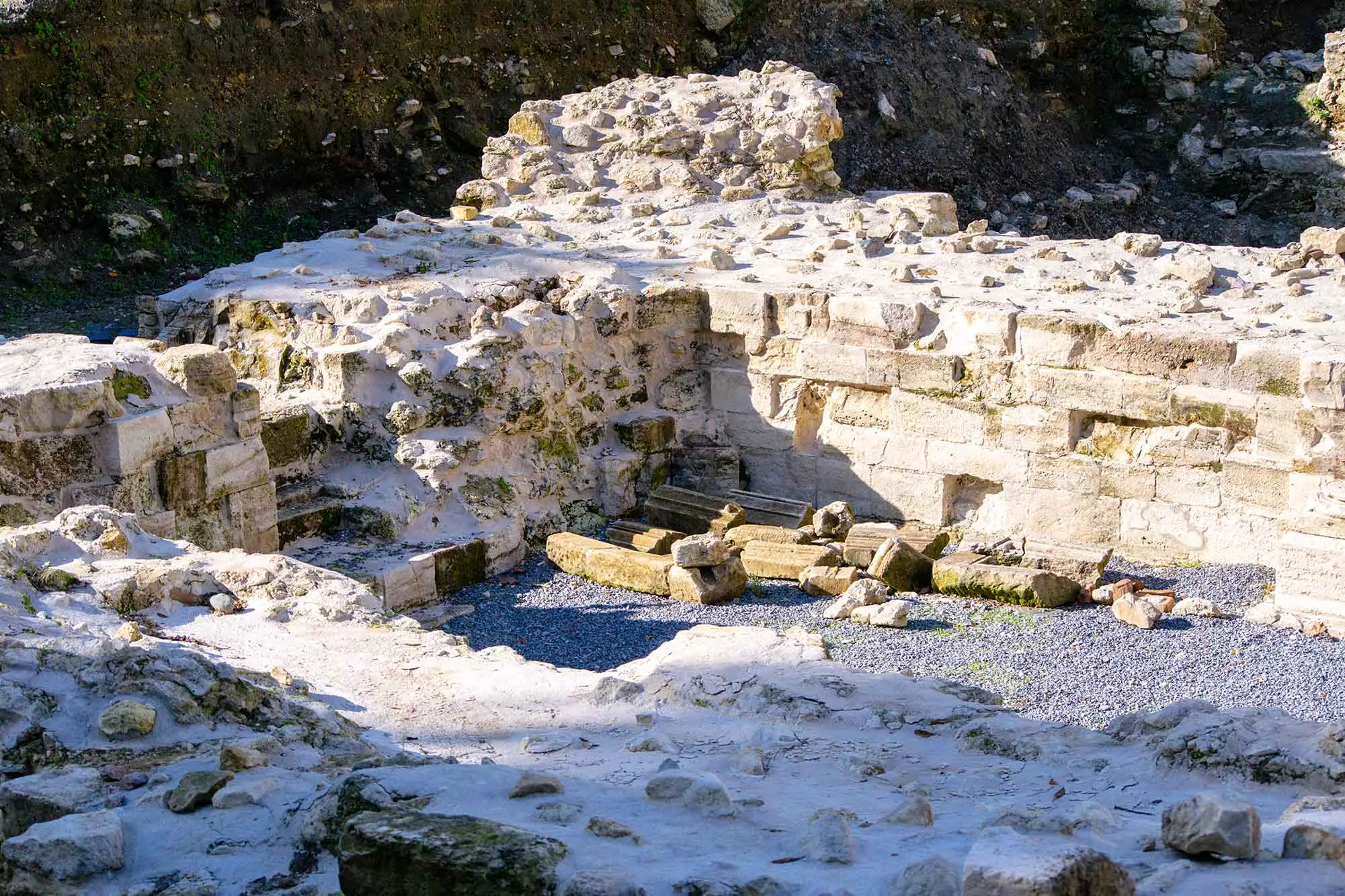
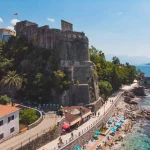
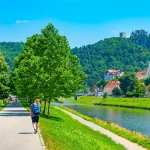
Leave a Reply